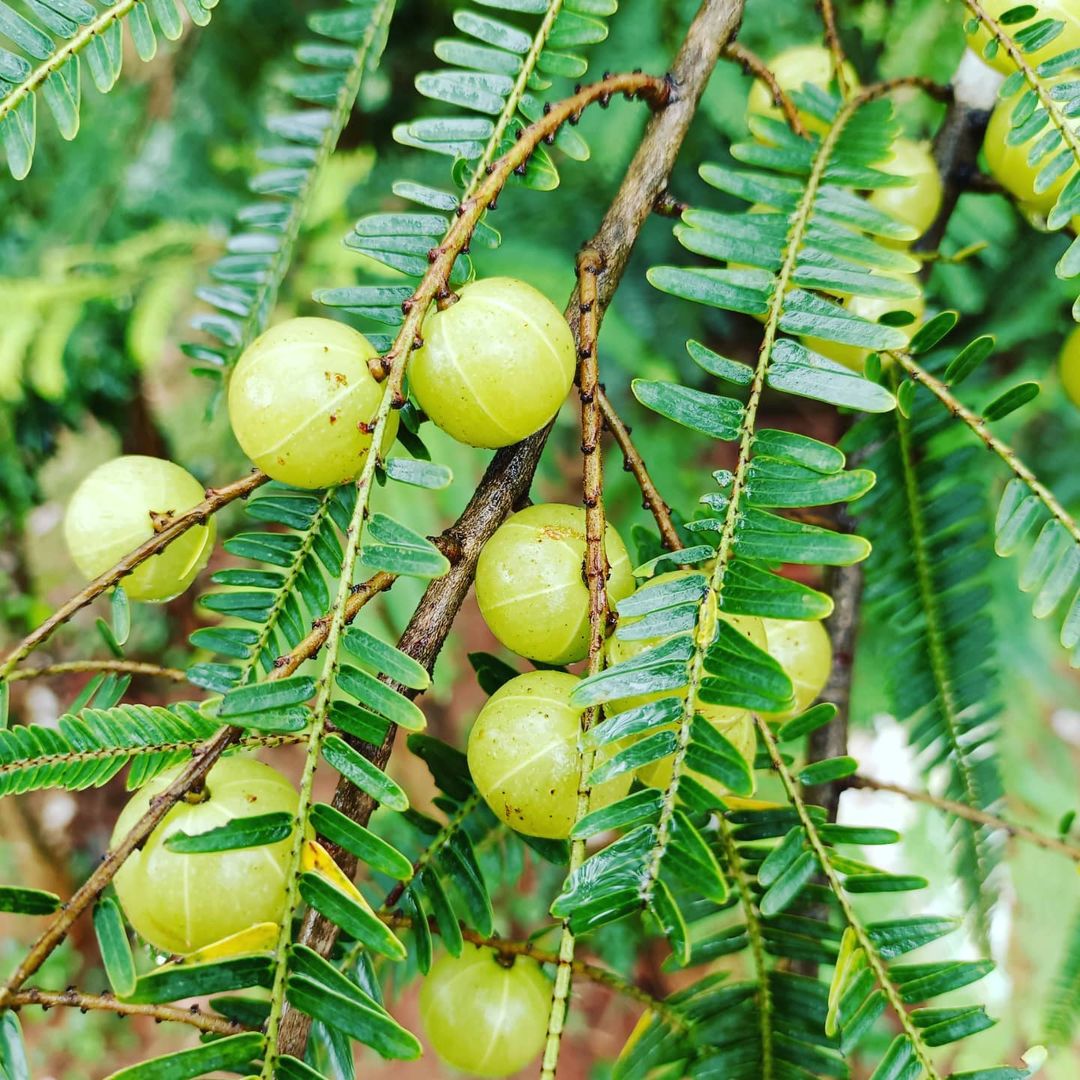Gryphon begonias are valued for their striking foliage and their rich pink flowers that may bloom sporadically in specific conditions.
If you’re looking to include a gorgeous plant in your home garden, add Gryphon Begonia to your plant collection. Read the essential tips below for beautiful foliage and flourishing flowers.
Botanical Name: Begonia x hybrida ‘Gryphon’
USDA Zones: 8 – 10
Gryphon Begonia Profile
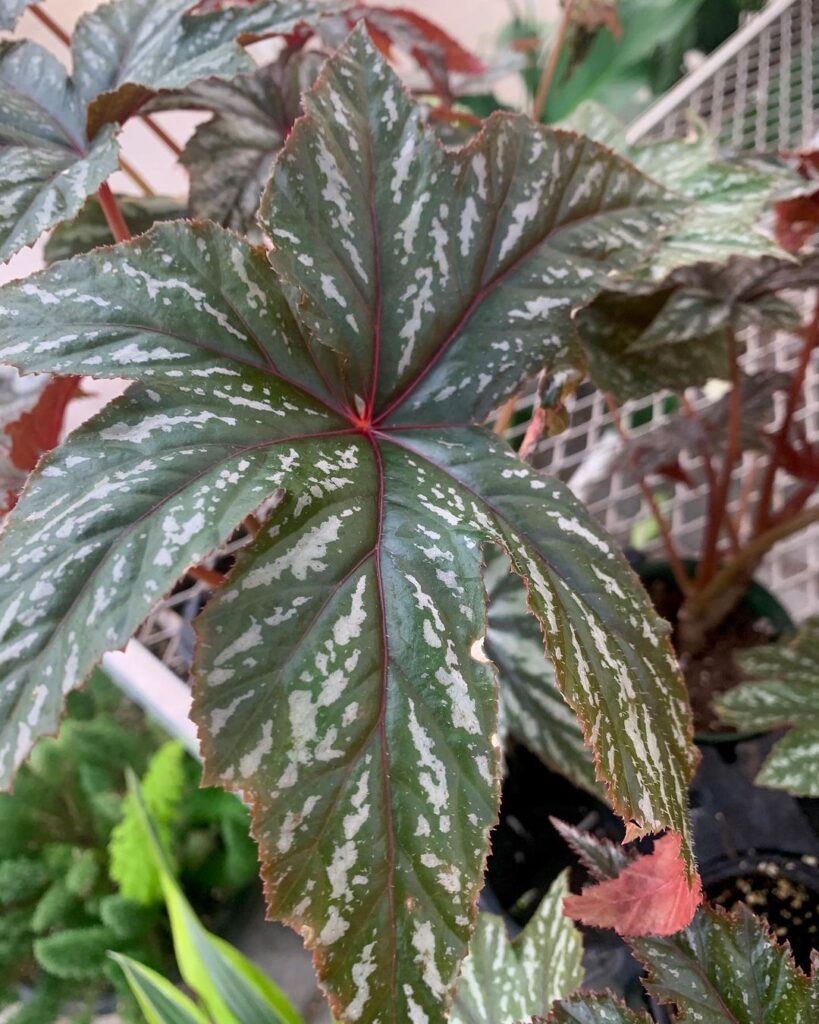
Also known as Pegasus™ in certain circles, the Gryphon begonia brings a beautiful presence and a touch of the tropics to shaded gardens or container arrangements.
Gryphon begonia may not resemble the mythical creature they’re named after, which combines an eagle’s head and wings with a lion’s body. However, these begonias share the same exquisite qualities of majestic beauty and strength.
It stands apart with its striking foliage, showcasing thick, glossy, and deeply cut star or maple-shaped leaves. The mounds of variegated silver and green leaves adorned with maroon veins and a maroon underside.
The Gryphon Begonia reaches a height of 14 to 16 inches (36-41 cm.) and spreads 16 to 18 inches (41-46 cm.) in width. It flourishes without the need for showy flowers that appear in specific conditions such as a day length of eleven hours or less.
Propagating Gryphon Begonia
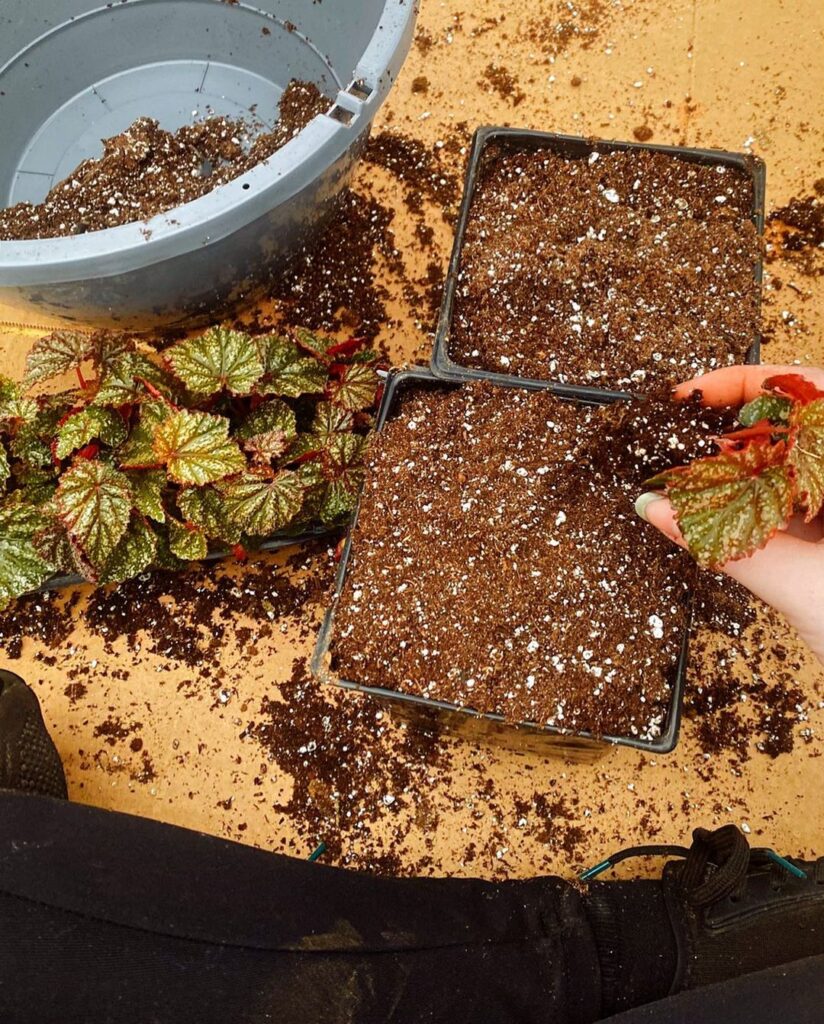
Take a stem that is approximately 4-6 inches long, with at least two sets of leaves. Use clean, sharp scissors or pruning shears, make a clean cut just below a leaf node. Remove lower leaves, leaving only the top two sets intact. Prepare a small pot with good drainage, fill it with well-draining soil such as perlite and peat moss or a commercial seed-starting mix. Make a small hole in the soil and carefully insert the cut end of the Gryphon Begonia cutting. Bury at least one leaf node in the medium. Press the soil firmly near the base of the cutting to secure it in place. Keep the potted cutting in a warm, well-lit area with bright, indirect light. Cover the pot with a clear plastic bag or use a propagating tray to maintain the humidity. You have to water the cutting when the top inch of the soil feels dry to the touch.
After a few weeks, you should observe new growth emerging from the stem.
Gryphon Begonia Growing and Care Information
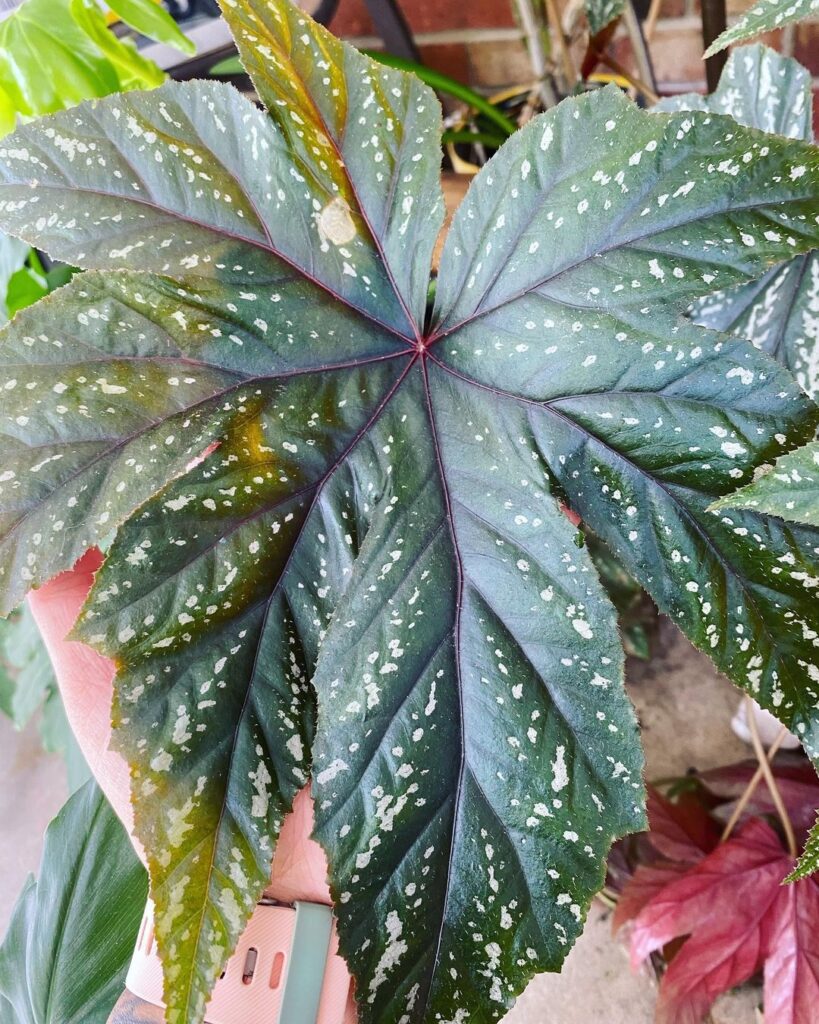
Light
This plant grows well in bright, indirect light in locations with filtered sunlight or partial shade, as direct sunlight can harm their delicate foliage.
When growing Gryphon Begonias indoors, place them near east or west-facing windows.
Soil
Gryphon Begonia prefers well-draining soil. Create a suitable soil mixture by combining peat moss, perlite, and well-decomposed organic matter. This composition allows for proper drainage while retaining the essential moisture.
Water
Keep the soil moist but not soggy, allow the top inch of soil to dry slightly between waterings, and then thoroughly water the plant until water drains from the drainage holes.
To prevent root rot, it is important to avoid overwatering. Adjust the watering based on environmental conditions and the season.
Temperature & Humidity
It flourishes in warm temperatures between 65°F to 75°F (18°C to 24°C). This plant is susceptible to cold drafts and temperature fluctuations. Therefore, it is crucial to keep them away from cold windows or areas with significant temperature variations.
This begonia variety thrives in moderate to high humidity levels. In dry air, a humidifier can enhance humidity. Place the pot on a tray filled with water or regularly mist the leaves.
Gryphon Begonia Care
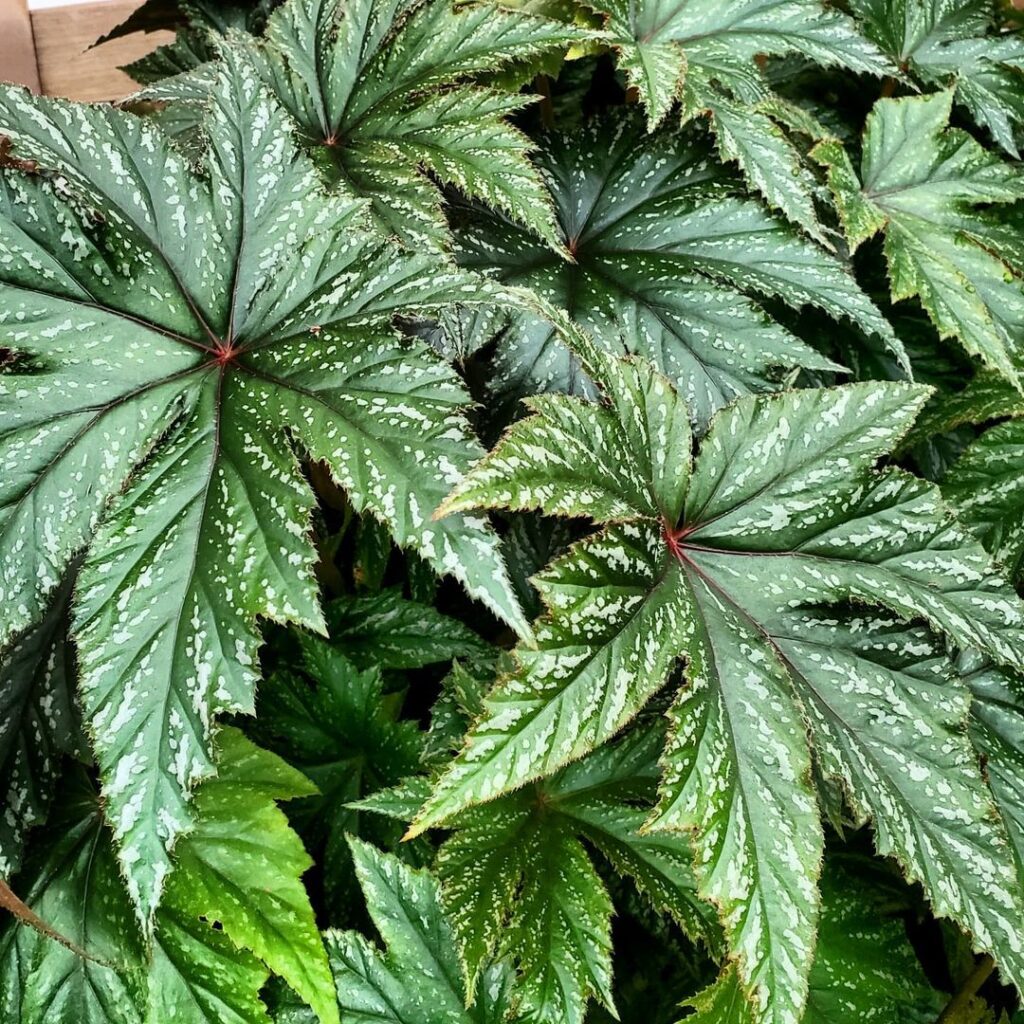
Fertilizer
While not essential, occasional organic fertilizer application every two weeks provides an extra boost to the plant.
For potted Gryphon Begonias, whether indoors or outdoors, use a liquid houseplant fertilizer every 4 weeks, especially from spring through fall.
Pruning
While typically not required for maintenance, pruning Gryphon Begonia can help shape the plant and stimulate bushier growth.
Remove yellowed or damaged leaves regularly to keep the plant tidy. If the Gryphon Begonia becomes leggy or elongated, trimming back the stems will encourage branching. You can prune the plant as needed throughout the year using clean and sharp pruning shears for precise cuts.
Pests and Diseases
Whiteflies, thrips, mites, and mealybugs can attack Gryphon Begonia plants. They are also susceptible to powdery mildew, botrytis, and stem rot, particularly in environments with high humidity and inadequate air circulation.
Handle the issues by using suitable organic or chemical insecticides. To reduce the risk of fungal diseases like powdery mildew or root rot, promote good air circulation around the plant and avoid overwatering.


